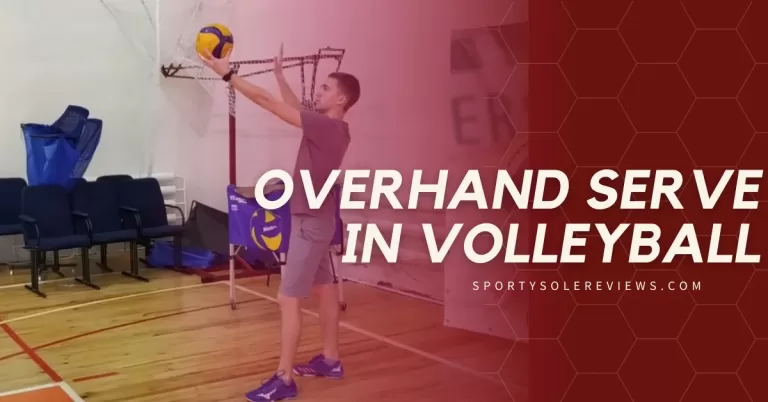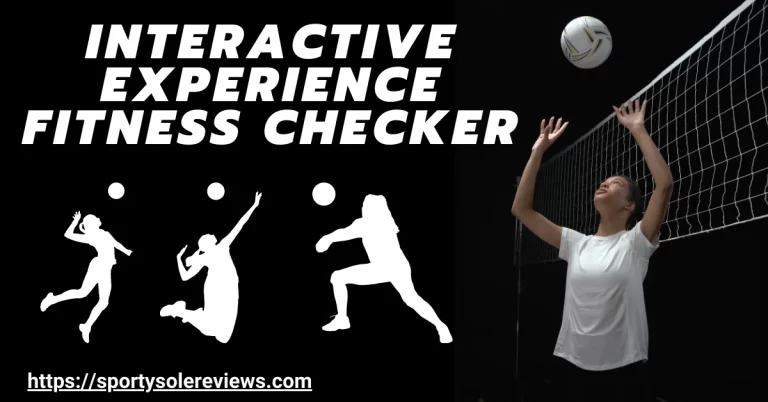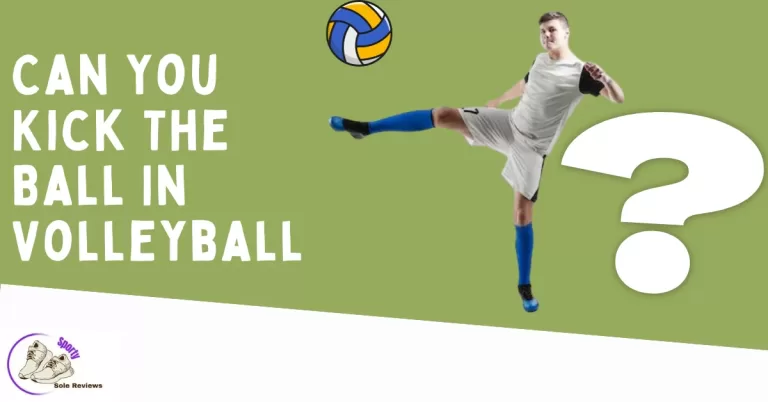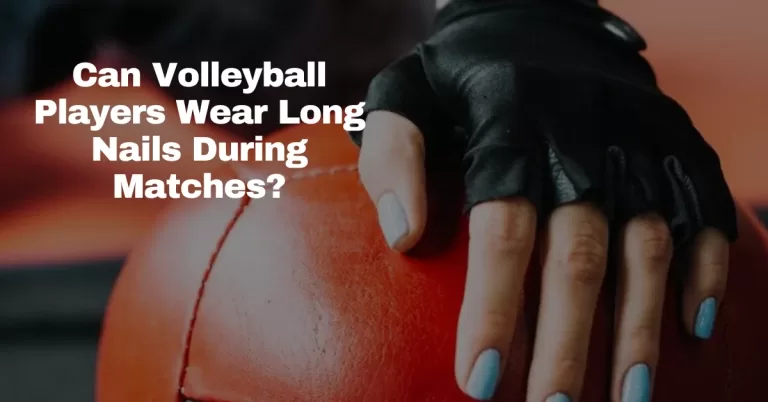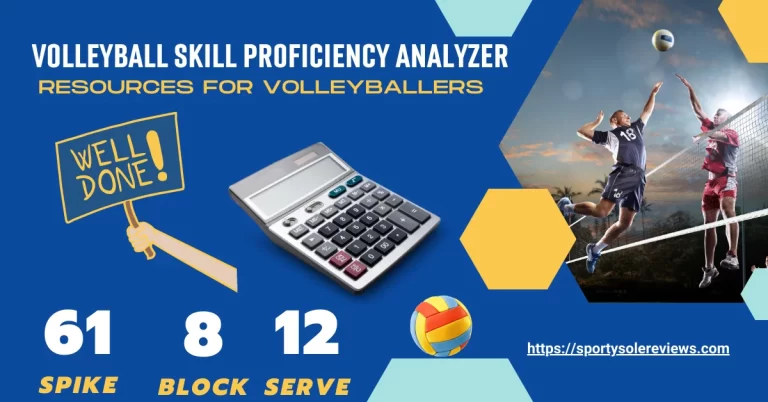What is Side Out in Volleyball-Clarification
As a volleyball player, I can tell you that Side Out in Volleyball is the heartbeat of our game. It’s that electrifying juncture where we seize control, turning the tide in our favor. Picture this: the serve, a fusion of finesse and power, propels the action. Our team hustles to maintain that rhythm, passing the incoming serve with precision, and setting up for the kill. Side out is where strategy meets sweat, and it’s where we thrive.
Volleyball Side Out Rules| Action | What Players Can Do | What Players Cannot Do |
|---|---|---|
| Serving to Start a Side Out | The serving team can choose a player to serve the ball over the net to start a side out. | The server cannot step on or over the service line while serving, nor can they make contact with the net during the serve. |
| Receiving the Serve | The receiving team can pass, set, or attack the served ball to initiate the rally. | The receiving team cannot catch or hold the ball; it must be played legally over the net within three contacts. |
| Winning the Rally | If the serving team successfully wins the rally by scoring a point or causing an error on the receiving team, they earn the right to serve again. | If the serving team commits a fault (e.g., serving out of bounds or into the net), they lose the side out, and the receiving team gains the serve. |
The Mechanics of Side Out in Volleyball: A Player’s Perspective
Volleyball, my passion and playground, centers around the intricate art of achieving a perfect side out in volleyball. As a player immersed in this dynamic sport, let me take you through the nitty-gritty of what makes it all tick:
Serving: The First Step to Achieving Side Out
Serving is like my opening statement in a volleyball conversation. I step up to the service line, ball in hand, and unleash a topspin serve with precision. It’s not just about getting it over the net; it’s about targeting the weak spots in the opponent’s reception. The satisfaction of an ace or a well-placed serve that disrupts their rhythm is unbeatable.
Receiving and Passing: Setting the Stage for Success
As a passer, my goal is to deliver that sweet setup to the setter. I position myself, ready to use the forearm pass (the “bump”) to perfection. The ball hits my arms just right, and I send it with accuracy and finesse towards my setter. It’s like a musical note in a symphony—the first step in composing the perfect Side Out.
Setting and Spiking: The Offensive Components
The setter, my playmaking partner, does their magic with quick, deceptive sets. I read their hands and adjusted my approach accordingly. Timing is crucial as I leap into the air, ready to strike. The ball connects with my hand, and I send it crashing down on the other side—a spike that’s more than just a point; it’s a statement.
Defensive tactics and strategies
On the flip side, defense is my fortress. I crouch low, ready to dig up that incoming spike. It’s about anticipating, not just reacting. I dive, sprawl, and stretch every muscle to keep the rally alive. Defense isn’t just a skill; it’s a mentality—the unwavering determination to protect our turf.
Common Challenges and Solutions
Volleyball is a game of constant evolution, where every Side Out in Volleyball presents new challenges. I tell you about some common hurdles players face and the strategic solutions to overcome them:
Dealing with Tough Servers
Facing a relentless server can feel like a battlefield. Their serves curve and dip, challenging your receiving skills. The solution? Practice and adapt. Train under varying serving conditions to develop an instinctive response. Focus on reading the server’s body language and be ready to adjust your positioning. Communication with your teammates is key to ensure a cohesive effort in handling tough serves.
Overcoming Defensive Blocks
A well-organized defensive block can be a formidable obstacle to Side Out. To conquer it, employ creative offense. Use feints and quick attacks to exploit gaps in the block. Develop a variety of hitting techniques, including tips and roll shots, to keep defenders guessing. Precise timing and placement are your allies against the imposing wall at the net.
Adapting to Changing Game Conditions
Volleyball is dynamic, and conditions can change in an instant. Adaptation is the name of the game. Stay mentally agile and be ready to shift strategies. If your opponent’s serving game is overpowering, focus on airtight passing and precise setting. When weather conditions alter the ball’s behavior, adjust your serving and receiving tactics accordingly. The ability to adapt is the hallmark of a versatile team.
Developing Side Out Skills
Developing Side Out skills in volleyball is like crafting a fine piece of art; it requires dedication, precision, and a deep understanding of the game’s intricacies. Here’s a closer look at the key aspects of honing these skills:
Individual Skill Development Tips
Mastering Side Out in Volleyball is a journey of refining individual skills. Here are some expert tips to elevate your game:
- Serving Precision: Work on your serving arsenal, including jump serves and float serves. Target specific zones on the opponent’s court to disrupt their reception.
- Passing Finesse: Perfect your passing technique, especially the forearm pass (bump). Focus on maintaining a low, solid platform and precise ball control.
- Setting Expertise: Hone your setting skills to ensure your setter receives the ball in an ideal position. Practice quick, accurate sets that set up the perfect spike.
- Hitting Power: Develop a diverse hitting repertoire. Experiment with tips, rolls, and sharp cross-court spikes to keep the opposing block on their toes.
- Defensive Agility: Strengthen your defensive prowess with drills that enhance your reaction time and digging accuracy. Anticipate the opponent’s shots and be ready to dive or sprawl.
Building Effective Team Coordination and Communication
Individual brilliance can only take a team so far in the pursuit of Side Out. Effective coordination and communication are essential:
- Position Awareness: Ensure every team member knows their designated positions on the court. Clear roles and responsibilities prevent confusion.
- Constant Communication: Foster a culture of constant communication. Use verbal cues, hand signals, and eye contact to convey your intentions swiftly.
- Practice Scenarios: Simulate game scenarios during practice to refine teamwork. Work on transition plays, where quick passes and coordinated hits can catch the opponent off guard.
- Trust and Support: Build trust among teammates. Trust in your setter’s decisions and support your blockers and diggers. A unified team is a potent Side Out force.
- Feedback Loop: Establish a feedback loop for constructive criticism. Analyze game footage together to identify areas for improvement and reinforce successful strategies.
Conclusion
Side Out, defined as the ability to regain control from the opponent and seize the offensive advantage, is crucial in volleyball. Embrace the challenge, incorporate Side Out skills, and continuously practise to enhance your game and succeed on the court.
What is Side Out in volleyball?
Side Out in volleyball refers to the crucial skill of the receiving team regaining control of the serve and turning it into an offensive advantage.
Why is Side Out significant in volleyball?
Side Out plays a pivotal role in determining the outcome of a match as it allows teams to gain points and maintain momentum during a game.
What are the key components of Side Out defense?
The key components of Side Out defense include digging, blocking, reading the hitter, and maintaining composure during transition plays.
How can I improve my Side Out skills?
Improving Side Out skills involves continuous practice in digging, blocking, anticipation, positioning, and quick transition offense.
What are the benefits of incorporating Side Out techniques in my play?
Incorporating Side Out techniques enhances your performance on the court, allowing you to make strategic plays, pressure opponents, and increase scoring opportunities.



